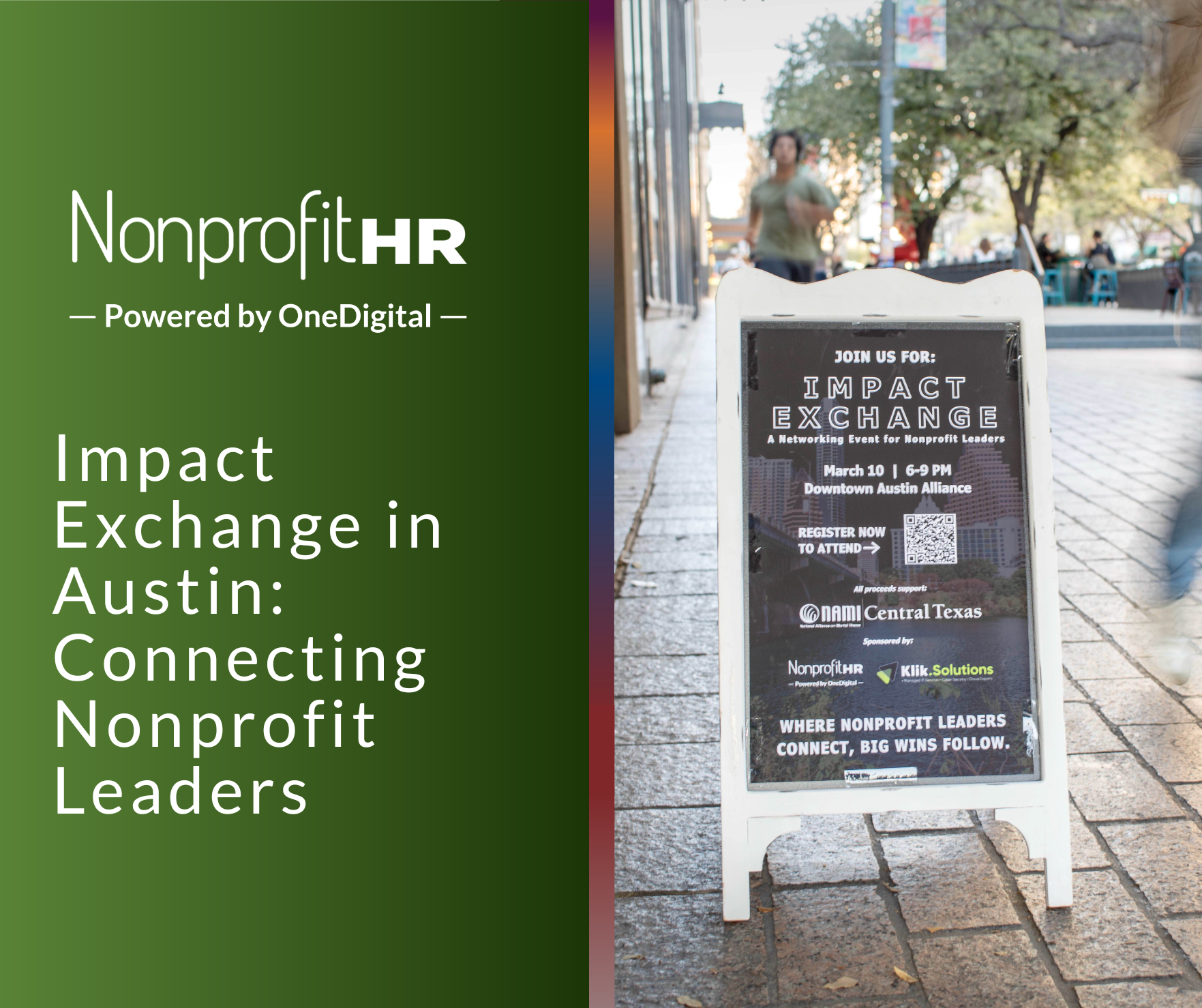WTOP: 5 ways nonprofits can…
The latest edition of the National Study of Employers, designed and conducted by the Families and Work Institute (FWI) and released jointly by FWI and the Society for Human Resource Management (SHRM) as part of their partnership, finds that employers are increasing employees’ options for managing when and where they work, while reducing some options that affect how much they work.
Significantly more employers are allowing at least some employees to:
- use flex time and periodically change starting and quitting times within some range of hours (66 percent in 2005 to 77 percent in 2012);
- take time off during the workday to attend to important family or personal needs without loss of pay (77 percent in 2005 to 87 percent in 2012);
- work some of their regular paid hours at home on an occasional basis (34 percent in 2005 to 63 percent in 2012); and
- have control over their paid and unpaid overtime hours (28 percent in 2005 to 44 percent in 2012).
However, opportunities to work a reduced schedule or take extended leaves away from work have declined. Significant decreases were found in employers allowing at least some of their employees to:
- return to work gradually after childbirth or adoption (86 percent in 2005 to 73 percent in 2012),
- take a career break for personal or family responsibilities (73 percent in 2005 to 52 percent in 2012), and
- move from full-time to part-time work and back again while remaining in the same position or level (54 percent in 2005 to 41 percent in 2012).
So it seems that employers believe they can keep employees working more regularly provided that some felxibility is provided to their work schedule.
To download a copy of the report, visit WhenWorkWorks.org or FamiliesAndWork.org.





























